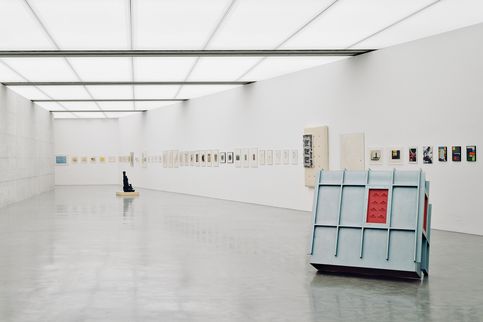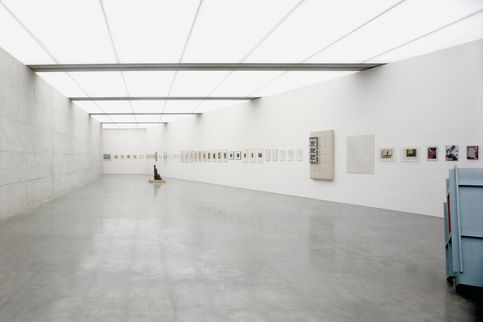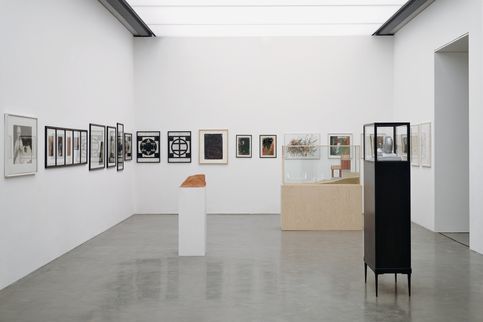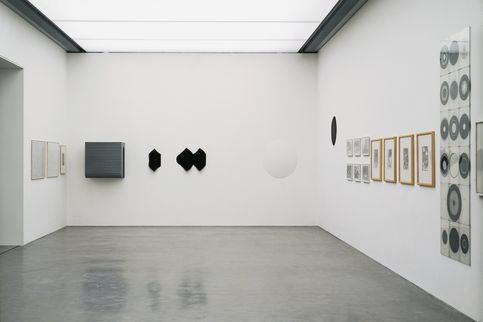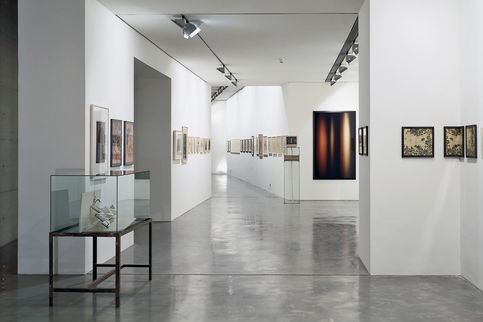Andrea Fraser
Project in two Phases.
Curator: Sabine Breitwieser
In April 1994, Andrea Fraser was engaged to undertake a project with the Generali Foundation. In accordance with her "Preliminary Prospectus for Corporations," the project was conceived as a service to be provided in two phases, the first defined as "interpretive" and the second as "interventionary." As indicated in the "Preliminary Prospectus for Corporations," many companies involved in collecting contemporary art find that this activity becomes a source of conflict within their organizations. This has also been the experience of the Generali Foundation.
Founded in 1988, shortly after the Generali moved into the new headquarters in Landskrongasse 1-3, the Foundation was established to achieve two interrelated aims: to effect a transfer of certain attributes in the public image of the company and - with the presentation of art works in the new corporate headquarters - to decorate the building and "confront the employees with contemporary art." To quote a market communication and research concept from the period: "corporate culture must come from inside (and from above), and must show itself inside and outside at every level." But when works purchased by the Foundation were installed in the Generali headquarters, they were greeted with open hostility by most of the employees and management alike.
After seven years, the personnel in Landskrongasse 1-3 came to accept the presence of contemporary art in their workplace. The Generali Foundation considered it important to explore the meaning of the initial rejection and the current acceptance - as well as the general function of contemporary art for the Generali Group Austria.
The first, interpretive phase of Andrea Fraser’s project consisted primarily of research on the Foundation and the Generali Group Austria. Between May 1994 and January 1995, the artist conducted fourteen interviews with different members of the Foundation’s executive and artistic advisory boards and administrative staff as well as members of Generali’s Staff Council. Additional material was collected from the Market Communication and Research, Personnel and Education, Accounting, and General Internal Administration departments of the Generali Group Austria and from the archives of the Foundation itself. In late April 1995, the first phase was concluded with the artist’s submission of a report on her research consisting of texts by Fraser accompanied by charts, reproductions of documents, and interview material. This report was primarily intended for internal use. Its public distribution is at the discretion of the Foundation.
The second phase of the project, beginning immediately after the first, was conceived as an intervention with respect to the conditions described in the artist’s report. In the headquarters of the Generali, the artist produced a "negative" installation by removing all the objects from the collection that were installed in the corporate building. These works were then installed in the new exhibition building of the Foundation in Wiedner Hauptstrasse and hung according to their original placement in the headquarters. After the exhibition, they had been returned to the company’s building.
